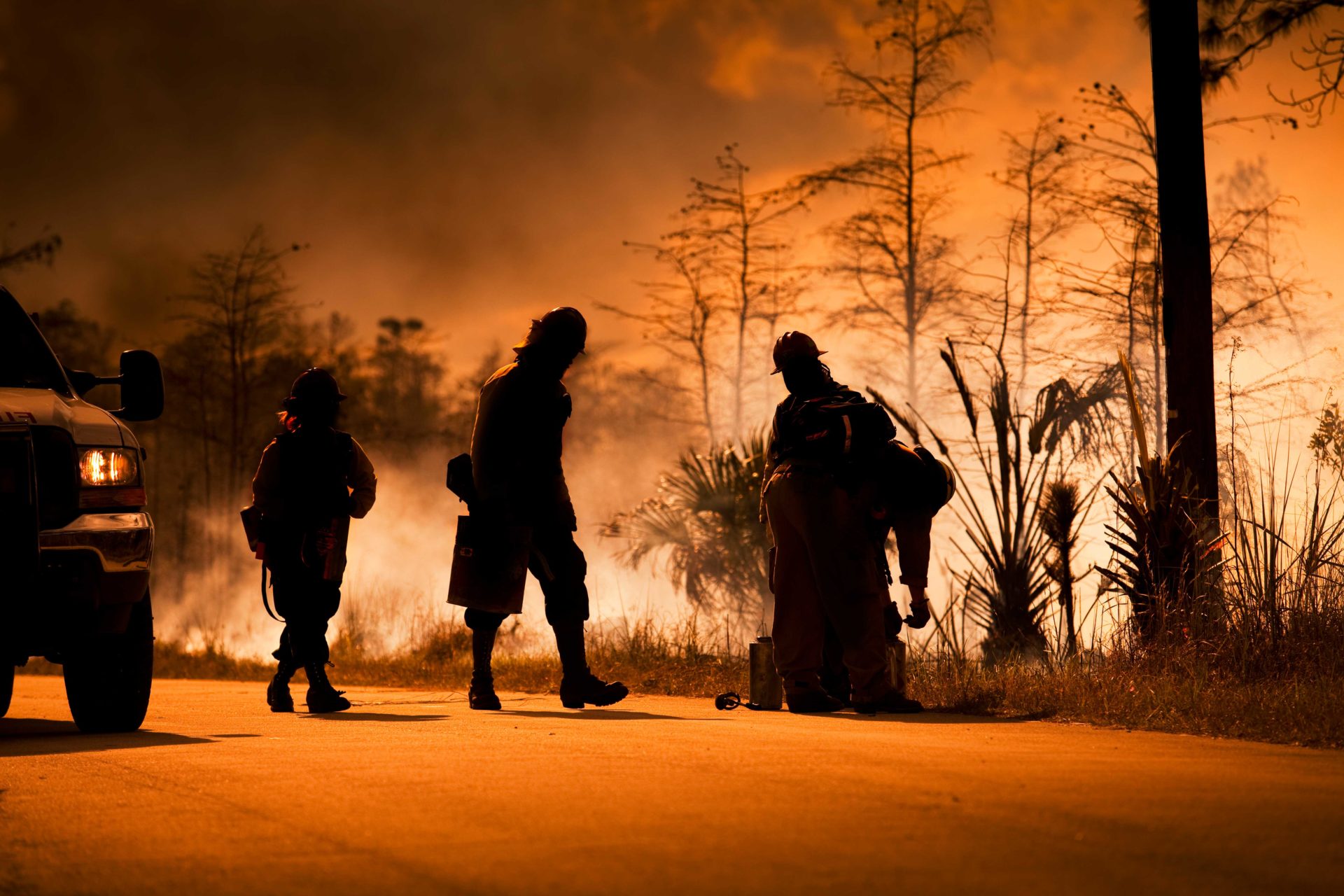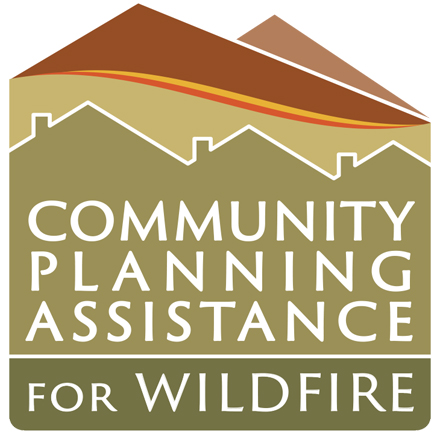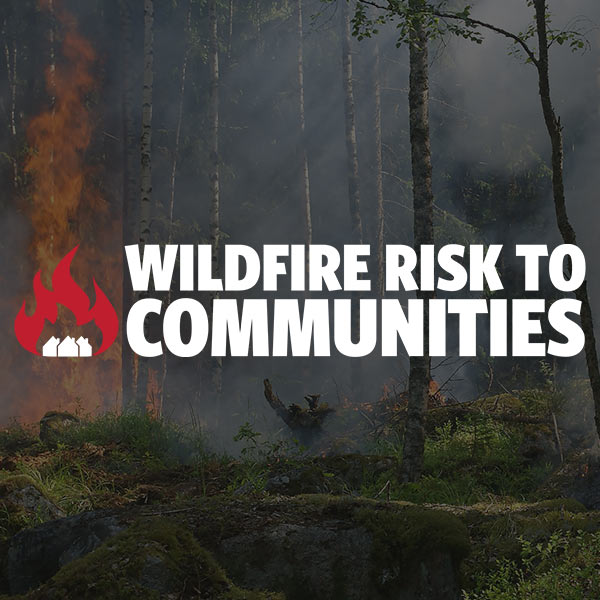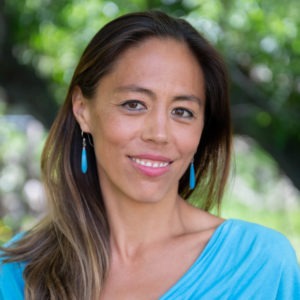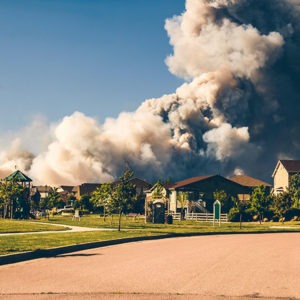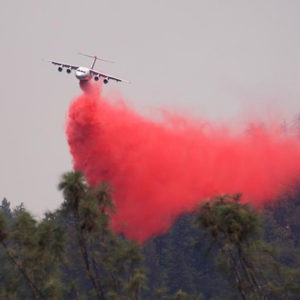Kimiko Barrett, Ph.D. testified before the House Natural Resources Committee, Subcommittee on National Parks, Forests, and Public Lands at a June 10, 2020 forum entitled “Examining Coronavirus Impacts on Wildland Fire Operations and Vulnerable Communities.” An excerpt of her testimony appears below the video, and you can download her complete remarks.
Watch the full hearing
House Natural Resources Committee, Subcommittee on National Parks, Forests, and Public Lands forum on Examining Coronavirus Impacts on Wildland Fire Operations and Vulnerable Communities.
Wildfires are inevitable, yet the disasters they yield do not have to be. After more than a century of structured fire management and decades of research, we have learned a lot about wildfires.
Unfortunately, many of the people vulnerable to wildfire are also vulnerable to the health and economic impacts from the coronavirus pandemic: the elderly, lower-income families, the disabled, and those who are Black, indigenous, and people of color.
These populations may experience challenges with mobility, making evacuation difficult. They may suffer from health complications further aggravated by wildfire smoke. They may experience economic instability that makes preparing for and recovering from wildfire disasters more problematic, and they may face institutional barriers to physical and economic recovery. For populations most at risk, the impacts from wildfires coupled with the coronavirus will exacerbate existing inequalities.
While we are just beginning to understand the new and onerous challenges of the coronavirus, a wealth of science and best practices already exist to reduce wildfire risks. Two new and exciting resources can help communities better live with wildfire.
First is the Community Planning Assistance for Wildfire (CPAW) program, created by Headwaters Economics in partnership with Wildfire Planning International and the US Forest Service. CPAW provides communities with land use planning recommendations, customized research tools, local hazard mapping, and capacity trainings to better understand and plan the wildland-urban interface.
Second, the Wildfire Risk to Communities website provides easy-to-use interactive maps and resources to help communities understand, explore, and reduce wildfire risk. Created in response to the 2018 Omnibus Act, Wildfire Risk to Communities was developed in partnership with US Forest Service Research, Pyrologix, and Headwaters Economics. The website provides detailed information about wildfire risk to homes and vulnerable populations in any selected community, while also offering resources to address and mitigate that risk.
Individual homeowners and local governments must ready themselves now for a wildfire before it occurs—especially during the pandemic. For example, residents able to practice stay-at-home measures can carry out many preventative steps to make their structures more wildfire-resistant. Relatively simple and affordable tasks can reduce wildfire risks.
Managing wildfires under the burden of a pandemic will not be easy. Vulnerable populations will be especially hard hit by the dual impacts of wildfire and the coronavirus. Of these two crises however, we already have the knowledge and experience to prepare for and reduce the risks from wildfires. This is a solvable problem—we know how to build communities to survive a wildfire.
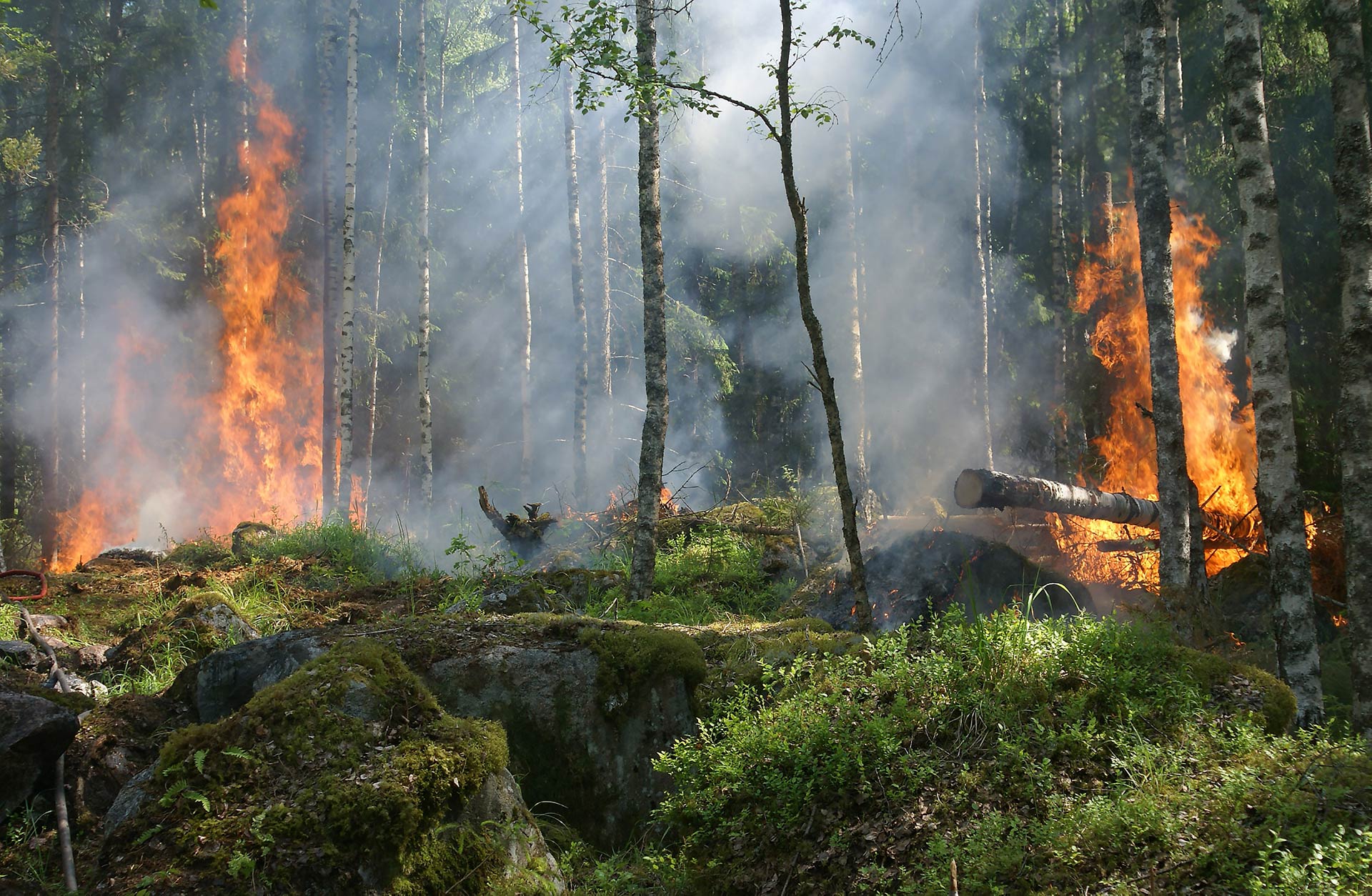
Community Planning Assistance for Wildfire
Community Planning Assistance for Wildfire (CPAW) works with communities to reduce wildfire risk through improved land use planning. The program is a program of Headwaters Economics, in partnership with the USDA Forest Service.
